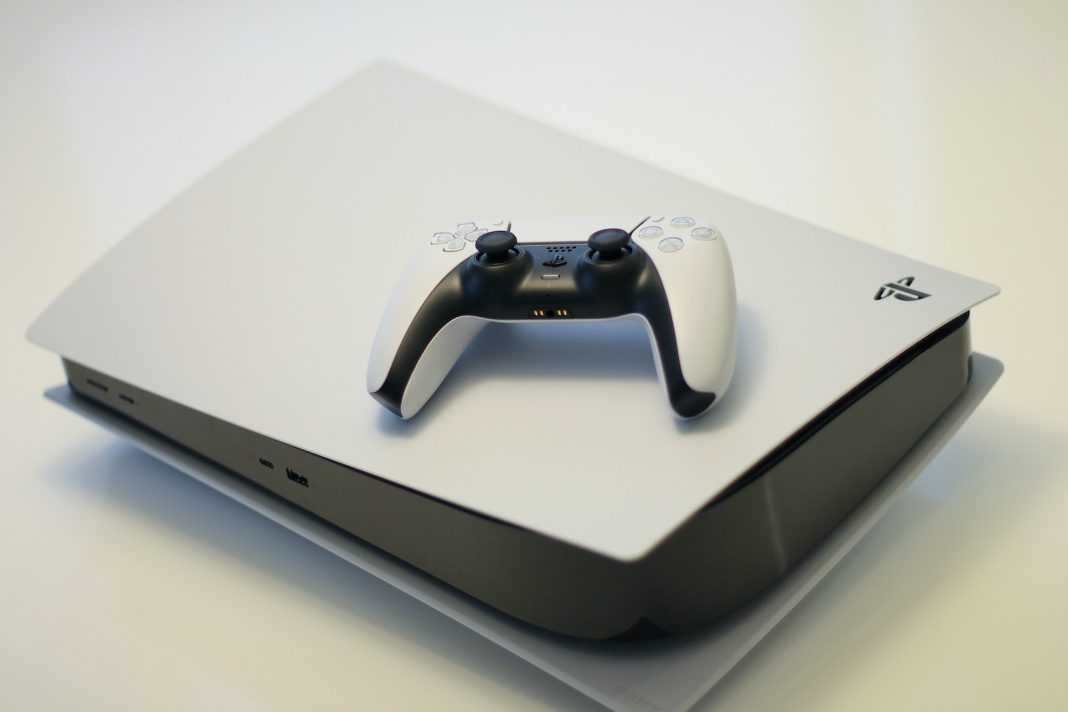In the ever-evolving landscape of gaming, the PlayStation 5 has taken center stage, offering a gaming experience that is unparalleled. However, with great games come great storage needs, and Sony’s flagship console, while boasting an impressive 667GB of internal storage, might leave avid gamers craving for more space.
The modern gaming era sees titles pushing the boundaries of file sizes, often demanding dozens or even hundreds of gigabytes. As a result, the need for additional storage solutions becomes apparent. Thankfully, there’s a solution that not only caters to this demand but also simplifies the process – external drives.
Understanding PlayStation 5 Storage
Out of the box, the PS5 offers 667GB of storage for games, factoring in essential operating system files. The dilemma arises when considering the sheer size of contemporary games. Rotating installed games is an option, but the constant re-downloading can be time-consuming and bandwidth-intensive. Enter external drives, a practical solution to this storage woe.
Older PS4 games, being less demanding on system resources, can run directly from external storage. This feature not only addresses storage concerns but also facilitates the seamless transfer of games from an older console to the PS5.
Choosing the Right External Drive
While the PS5 does have an internal SSD slot for additional storage, opting for an external drive proves to be a simpler solution. Most USB-compatible drives will suffice, whether powered by a separate adapter or the console’s USB port. Both SSD and traditional HDD drives are compatible, with the former offering faster performance at a higher cost.
Sony outlines some minimum requirements for external drives, such as SuperSpeed USB 5 Gbps support, a capacity ranging from 250GB to 8TB, and a direct connection to the PS5 without a USB hub. The choice of USB port for connection is flexible, with the USB-C port on the front recommended, though the rear USB-A ports are also viable depending on your console setup.
Setting Up External Storage on Your PS5
Connecting an external storage device to the PS5 is a straightforward process. Any suitable USB port, except the front USB-A port, can be used. Sony recommends the USB-C port on the front, but the rear USB-A ports are equally suitable, depending on your console’s orientation.
Upon plugging in your chosen external drive, formatting is the initial step. This process wipes the drive clean, preparing it for use. Access the Settings menu via the cog icon on the home screen, navigate to Storage and USB Extended Storage, and choose Format as USB Extended Storage.
Once formatted, any future downloads of PS4 games will default to the external drive. PS5 games, however, can only be moved between internal and external storage. To toggle between storage locations, navigate to Installation Location in the Storage screen.
Managing Games and Apps
The flexibility of using external storage extends to managing games and apps. The Games and Apps sections under Console Storage and USB Extended Storage allow users to view installed items and free space on each drive. The Storage screen enables toggling between Console Storage and USB Extended Storage.
To move games or apps between internal and external storage, access Games and Apps under the desired location. Select the items to move, then initiate the Move option to transfer them to the other drive. The default sorting lists less frequently used games and apps at the top, aiding users in deciding what to transfer from internal storage.
Finally, the USB Extended Storage option provides a “Safely Remove from PS5” feature, ensuring the external drive can be ejected without risking data loss or corruption.
In conclusion, expanding your PlayStation 5 storage with an external drive is not only a practical solution but also a user-friendly process. With the ever-growing size of games, this additional space ensures that your gaming experience remains uninterrupted, allowing you to focus on what truly matters – enjoying the immersive world of gaming on your PS5.


